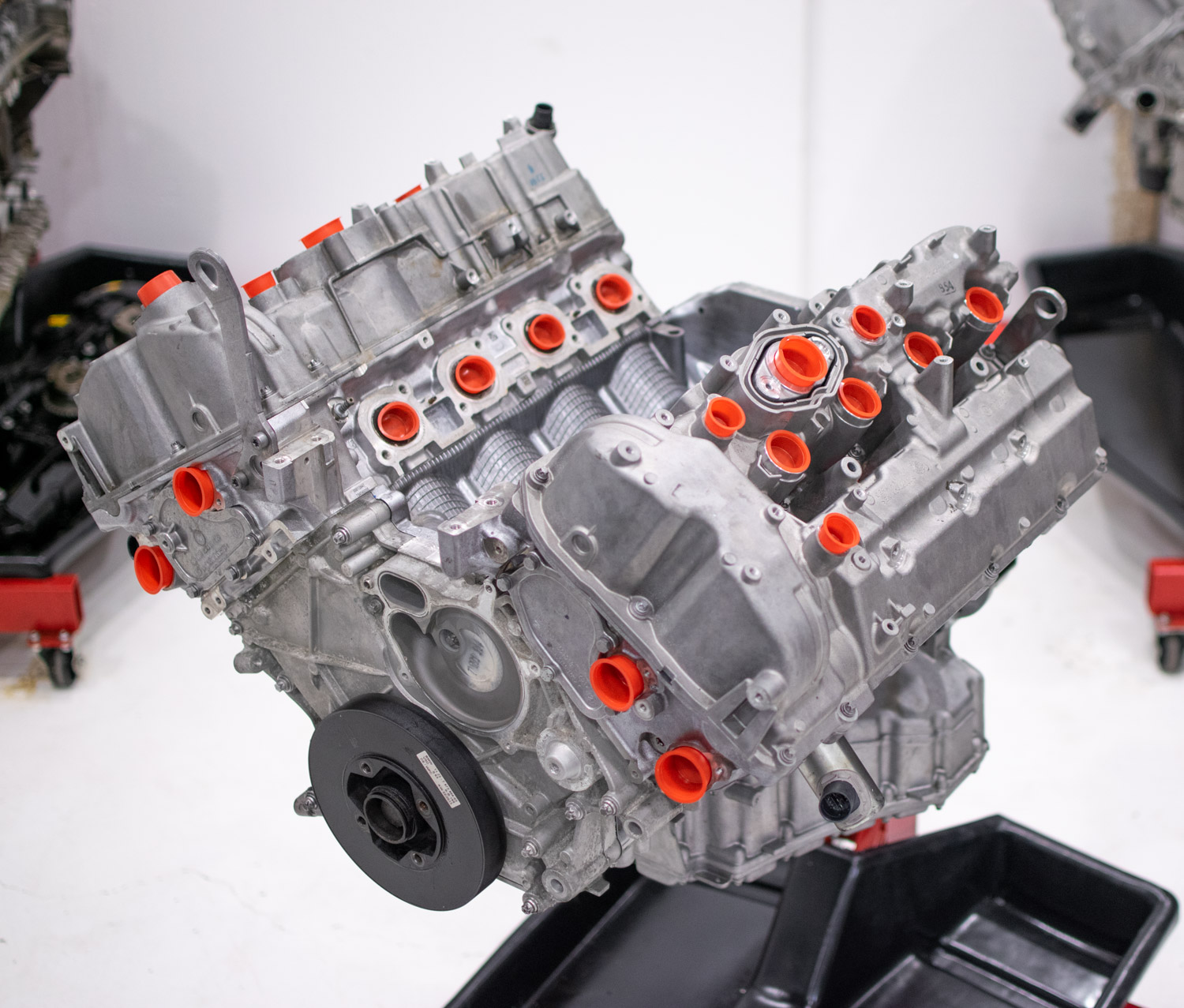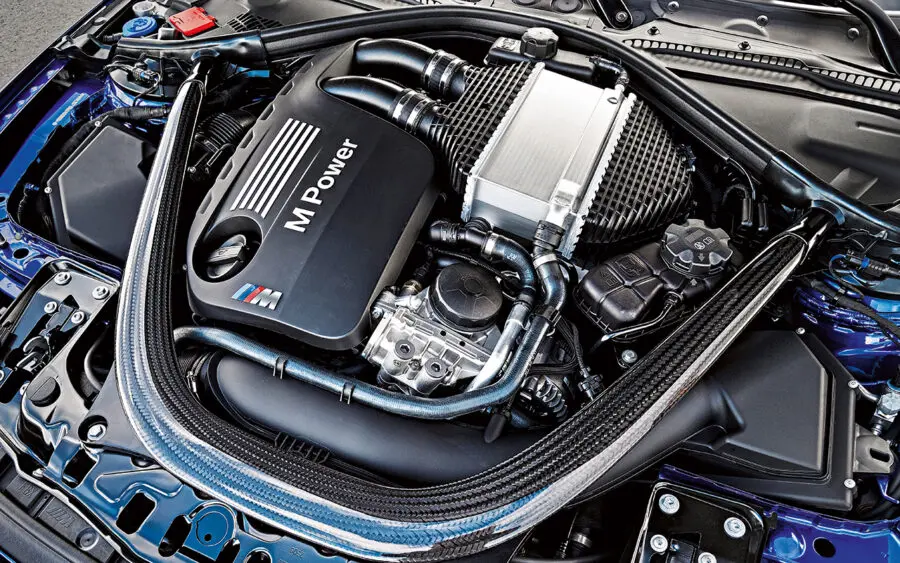Why the BMW Engine Is Taken Into Consideration One of the very best in Deluxe Automobiles
Why the BMW Engine Is Taken Into Consideration One of the very best in Deluxe Automobiles
Blog Article
Discovering the Advancement of Burning Engines in Modern Transport Equipments
As we browse the landscape of modern-day transport, the evolution of combustion engines stands as a testament to human resourcefulness and design expertise. From their simple beginnings to the sophisticated powerhouses moving cars today, burning engines have undertaken an exceptional trip of technology and adjustment. Recognizing the ins and outs of this development not only sheds light on the past however likewise leads the way for envisioning what exists ahead in the realm of transport modern technology. The interaction of history, modern technology, and ecological problems fit the trajectory of burning engines creates a story that is both compelling and insightful.
Very Early Beginnings of Combustion Engines
Just how did the concept of combustion engines very first arise in the early stages of transportation growth? The roots of combustion engines can be mapped back to the 17th century when the concepts of internal combustion were very first discovered.
The advancement minute featured the innovation of the initial effective gasoline-powered engine by Karl Benz in 1885 - bmw engine. This engine paved the method for the advancement of the modern-day automobile, transforming transport systems worldwide. Succeeding innovations by Nikolaus Otto and Gottlieb Daimler even more improved burning engine technology, resulting in the automation of cars and the quick expansion of the transportation industry
These very early combustion engines were defined by their simplicity and efficiency, laying the foundation for the complex and effective engines made use of in modern-day transport systems. The development of combustion engines has contributed fit the way we take a trip and move items, marking a considerable milestone in the background of transport advancement.
Shift to Internal Burning Innovation
The transition to internal burning innovation marked a crucial change in the evolution of transportation systems. This change began in the late 19th century, with innovators like Nikolaus Otto and Gottlieb Daimler creating the initial successful internal burning engines. These engines transformed transportation by offering a more reliable and powerful alternative to vapor engines and electric motors.
Among the crucial advantages of interior combustion engines was their capability to be scaled down to suit automobiles, leading to the growth of motorbikes and autos. This shift from cumbersome, stationary engines to portable, mobile ones led the way for the modern transport systems we see today.
The transition to interior burning innovation additionally spurred improvements in gas innovation, leading to the advancement of fuel and diesel as main gas sources for cars. This change not only made transportation extra available to the masses yet likewise laid the structure for the oil and gas sector to become important to international economic climates.
Influence of Combustion Engines on Transportation
The adoption of combustion engines in transport systems catalyzed a profound shift in the performance and rate visit of global movement. Burning engines changed transportation by offering a versatile and reputable resource of power for numerous vehicles, including automobiles, aircrafts, vehicles, and ships. This innovation substantially improved the capability for products and individuals to conform fars away in shorter amount of time, resulting in enhanced connectivity between regions and nations.
Furthermore, the widespread use burning engines has actually had a substantial effect on economic advancement. The ability to carry goods efficiently has stimulated trade and business, permitting businesses to increase their markets and get to customers worldwide. This has actually assisted in economic growth and globalization, as items can currently be delivered quicker and in larger amounts than ever.
Nevertheless, the environmental impact of burning engines can not be ignored. The combustion of try these out fossil fuels has actually caused air pollution and greenhouse gas discharges, adding to climate change and posturing wellness threats to populaces. bmw engine. As a result, there is a growing focus on creating different propulsion innovations to mitigate these adverse impacts and develop a much more sustainable future for transport
Developments in Burning Engine Style
One significant advancement is the growth of turbocharged engines, which utilize exhaust gases to drive a wind turbine that compresses incoming air, allowing for even more gas to be scorched, resulting in enhanced power output without a significant rise in engine size. Variable valve timing systems have actually additionally reinvented engine style by optimizing airflow at various engine rates, enhancing both power and efficiency. These technologies jointly contribute to the continuous improvement of burning engines in contemporary transportation systems.
Future Fads in Combustion Engine Development
With technology innovations driving continuous technology, the future of combustion engine advancement is positioned to revolutionize transport systems around the world. One of the essential patterns in burning engine development is the press in the direction of greater effectiveness and lowered emissions.
One more noticeable trend is the adoption of hybrid innovations in burning engines. Crossbreed engines combine conventional combustion modern technology with electrical power, offering improved fuel effectiveness and reduced exhausts. As the automotive industry shifts towards electrification, hybrid combustion engines are viewed as a transitional option that bridges the gap between conventional cars and completely electrical ones.
In addition, the assimilation of clever technologies, such as expert system and information analytics, is anticipated to play a substantial function in the future of burning engine advancement. These innovations can enhance engine efficiency in real-time, causing a lot more effective combustion procedures and improved general car performance. Embracing these future trends will not just drive technology in burning engine advancement however also add to a much more eco pleasant and lasting transportation community.

Final Thought
To conclude, the development of burning engines in modern-day transport systems has actually been marked by considerable improvements in innovation and style. From the early beginnings of combustion engines to the change to interior combustion modern technology, these engines have actually had an extensive effect on transportation. Developments in combustion engine style remain to drive progress in this area, with future trends focusing on additional improving efficiency and reducing exhausts. The future of burning engines in transportation looks promising as research visit their website and growth efforts continue to press borders.
The roots of burning engines can be traced back to the 17th century when the concepts of interior combustion were initial explored. These engines changed transportation by supplying a more powerful and efficient choice to steam engines and electrical motors.

Report this page